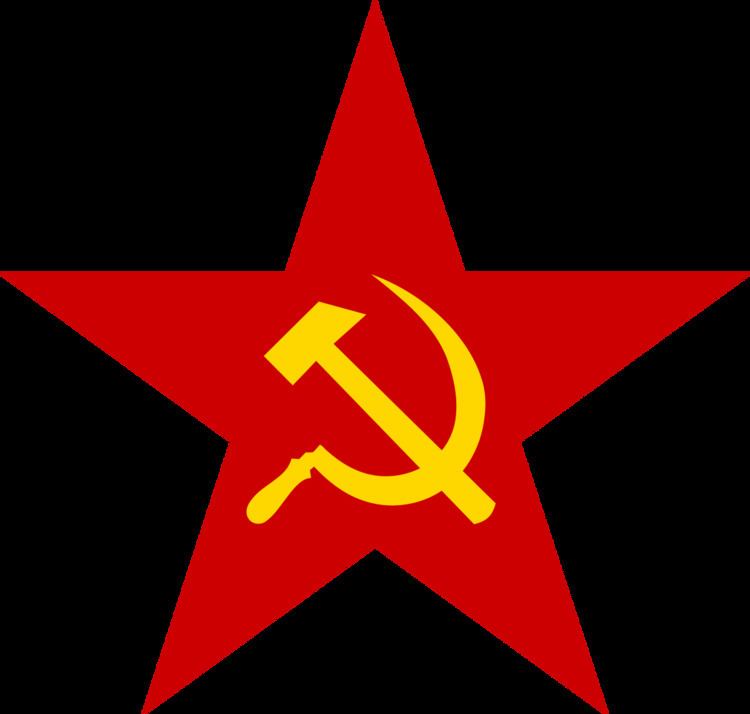 | ||
Collective leadership is a way of describing power distribution within an organisational structure. It is considered an ideal form of ruling a communist party, both within and outside a socialist state. Collective leadership is now also being used as a term as a form of corporate management thinking.
Contents
Forms
In China or in Vietnam, when the country was ruled by Le Duan, corporate leadership involved powers being distributed from the office of General Secretary of the Communist Party and shared with the Politburo Standing Committee while still retaining one ruler.
China
Currently, the central authority of the Chinese government is concentrated in the Politburo Standing Committee, which is composed of 7-members of the Communist Party of China and headed by the General Secretary of the Central Committee.
Vietnam
Nowadays, in Vietnam there is not one paramount leader, and power is shared by the party General Secretary, President and the Prime Minister along with collegial bodies such as the Politburo, Secretariat and the Central Committee.
Soviet Union
Collective leadership (Russian: коллективное руководство, kollektivnoye rukovodstvo) or Collectivity of leadership (Russian: коллективность руководства, kollektivnost rukovodstva), was considered an ideal form of governance in the Union of Soviet Socialist Republics (USSR). Its main task was to distribute powers and functions among the Politburo, the Central Committee, and the Council of Ministers to hinder any attempts to create a one-man dominance over the Soviet political system by a Soviet leader, such as that seen under Joseph Stalin's rule. On the national level, the heart of the collective leadership was officially the Central Committee of the Communist Party, but in practice, was the Politburo. Collective leadership is characterized by limiting the powers of the General Secretary and the Chairman of the Council of Ministers as related to other offices by enhancing the powers of collective bodies, such as the Politburo.
Lenin was, according to Soviet literature, the perfect example of a leader ruling in favour of the collective. Stalin's rule was characterized by one-man dominance, which was a deep breach of collective leadership; this made his leadership highly controversial in the Soviet Union following his death in 1953. At the 20th Party Congress, Stalin's reign was criticized as the "personality cult". Nikita Khrushchev, Stalin's successor, supported the ideal of collective leadership but increasingly ruled in an autocratic fashion. In 1964, Khrushchev was ousted and replaced by Leonid Brezhnev as First Secretary and by Alexei Kosygin as Premier. Collective leadership was strengthened during the Brezhnev years and the later reigns of Yuri Andropov and Konstantin Chernenko. Mikhail Gorbachev's reforms helped spawn factionalism within the Soviet leadership, and members of Gorbachev's faction openly disagreed with him on key issues. The factions usually disagreed on how little or how much reform was needed to rejuvenate the Soviet system.
Describing corporate organisation
Collective leadership is now being used as a term to describe organisational approaches and power balance within corporate organisations. For example, the King's Fund think tank in the UK has described collective leadership as meaning 'everyone taking responsibility for the success of the organisation as a whole – not just for their own jobs. It requires organisations to distribute leadership power to wherever expertise, capability and motivation sit within organisations.'
